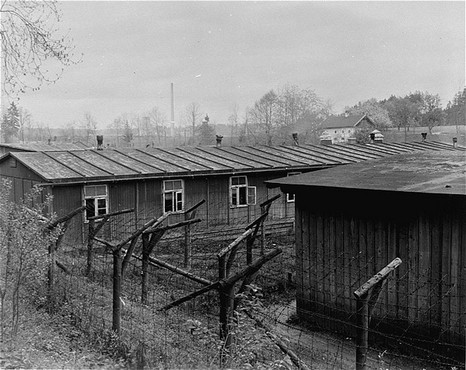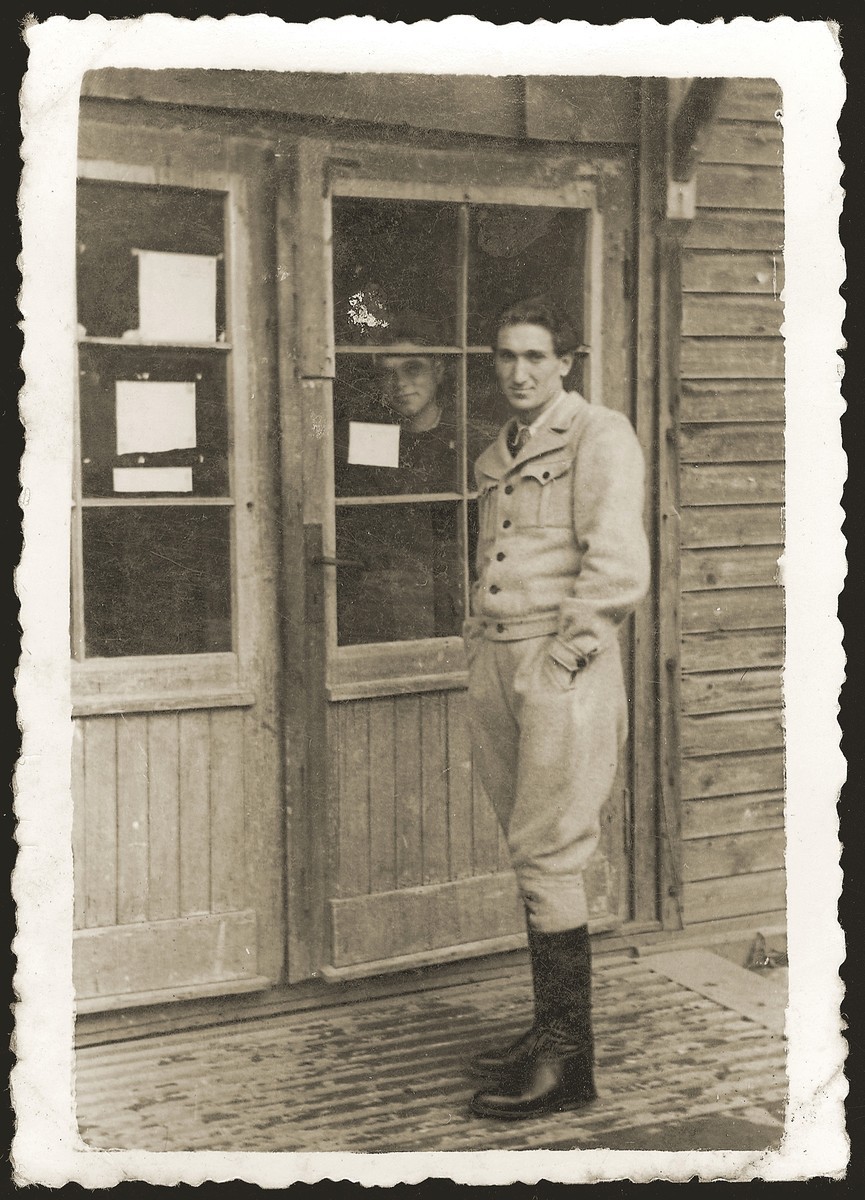
Ebensee Displaced Persons Camp
For the Jews who survived the Holocaust, the end of World War II brought new challenges. Many could not or would not return to their former homelands, and options for legal immigration were limited. In spite of these difficulties, these Jewish survivors sought to rebuild their shattered lives by creating flourishing communities in displaced persons camps in Germany, Austria, and Italy. In an unparalleled six-year period between 1945 and 1951, European Jewish life was reborn in camps such as Ebensee.

A DP camp in the American occupied zone of Austria, Ebensee was comprised of four wooden barracks which had been part of Ebensee concentration camp. US troops liberated Ebensee concentration camp in early May 1945, and the area was subsequently converted into a DP camp. Approximately 500 Jews were interspersed amidst a majority of Polish DPs.
The camp’s UNRRA leadership (United Nations Relief and Rehabilitation Administration) was made up entirely of Polish citizens, and one Jew, which resulted in tension between the Polish and the Jewish inmates. The Jewish inhabitants of the camp often complained of the administration’s discrimination against them. Judah Nadich (General Eisenhower’s first advisor on Jewish affairs in Europe) undertook an investigation of the Jewish DP situation in Ebensee, and recommended a change: thus, the Jews were relocated to hotels in Bad Gastein.
Today, a monument and a museum are located on the site.
Critical Thinking Questions
What challenges did survivors face in the DP camps?
What challenges did the Allies face in establishing and supervising DP camps?
What responsibilities do (or should) other nations have regarding refugees from war and genocide?

